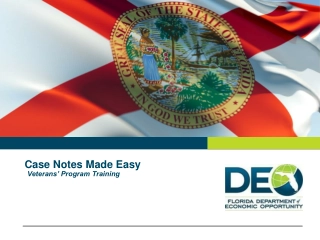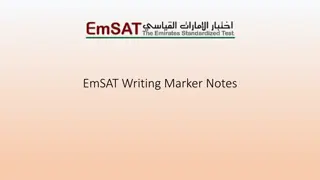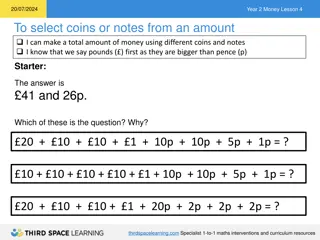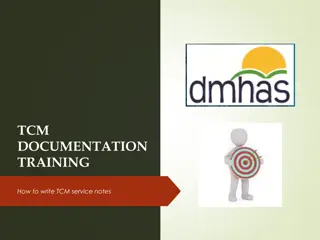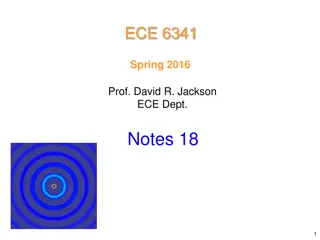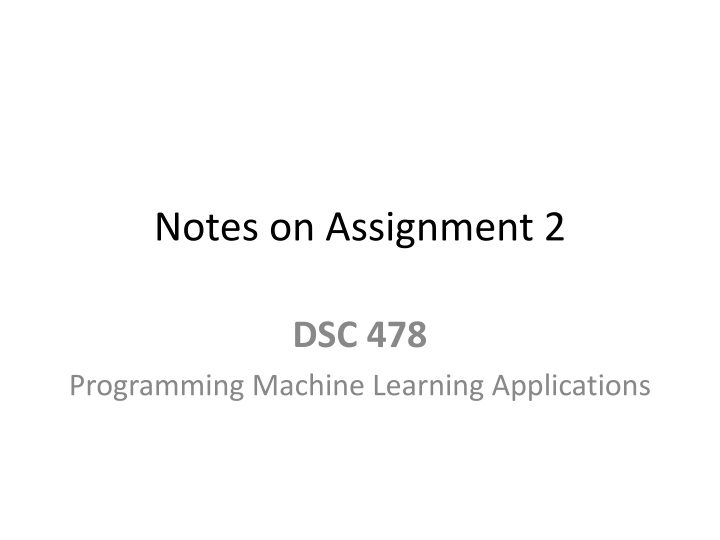
Text Categorization and Knn Classification in Machine Learning
Explore text categorization using a modified subset of the 20 newsgroup corpus, focusing on documents related to Windows and Hockey. Understand the Zipf Distribution, train-test data division, and key functions like knn_search, knn_classify, and knn_evaluate for Knn Classification. Dive into TF*IDF and document categorization techniques for machine learning applications.
Download Presentation

Please find below an Image/Link to download the presentation.
The content on the website is provided AS IS for your information and personal use only. It may not be sold, licensed, or shared on other websites without obtaining consent from the author. If you encounter any issues during the download, it is possible that the publisher has removed the file from their server.
You are allowed to download the files provided on this website for personal or commercial use, subject to the condition that they are used lawfully. All files are the property of their respective owners.
The content on the website is provided AS IS for your information and personal use only. It may not be sold, licensed, or shared on other websites without obtaining consent from the author.
E N D
Presentation Transcript
Notes on Assignment 2 DSC 478 Programming Machine Learning Applications
Problem 1 Text Categorization Modified subset of the 20 newsgroup corpus Docs from two newsgroups only {Windows, Hockey}. Text preprocessing already performed. Data divided into test and train (20%, 80%) subsets. trainMatrixModified.txt: term-document frequency matrix for the training documents Each row corresponds one unique term (stem) and each column corresponds to one documents (i,j)th element of the matrix shows the frequency of the ith term in the jth document. 5500 rows (terms) and 800 columns (docs). testMatrixModified.txt: term-document frequency for the test documents. 5500 rows and 200 columns. trainClasses.txt: labels associated with each training document format of documentIndex \t classId documentIndex: [0,800) index of document in the training term-document frequency matrix. classId: 0 (for Windows) or 1 (for Hockey). testClasses.txt: labels associated with each of the 200 test document. modifiedterms.txt: List of 5500 terms in the vocabulary Each line contains a term corresponding a row in term-document frequency matrices.
train_labels=pd.read_table('Data/trainClasses.txt', header=None, index_col=0)
train_labels=pd.read_table('Data/trainClasses.txt', header=None, index_col=0)
Knn Classification & Evaluation knn_search(x, DT_train, K, measure): knn_classify(x, DT_train, K, train_labels, measure): knn_evaluate(DT_test, test_labels, DT_train, train_labels, K, measure) Note: knn_evaluate iterates through rows in DT_test matrix of test instances, and for each Instance, calls knn_classify to predict the label. It compares the predicted label for each test instance to the actual labels and then returns classification accuracy.
Knn Classification & Evaluation knn_evaluate(DT_test, test_labels, DT_train, train_labels, K, measure)
Rocchio Text Categorization Algorithm (Training) Assume the set of categories is {c1, c2, cn} For i from 1 to n let pi= <0, 0, ,0> (init. prototype vectors) For each training example <x, c(x)> D Let d be the TF/IDF term vector for doc x Let i = j where cj = c(x) (sum all the document vectors in ci to get pi) Let pi = pi + d
Rocchio Text Categorization Algorithm (Test) Given test document x Let d be the TF/IDF term vector for x Let m = 2 (init.maximum cosSim) For i from 1 to n: (compute similarity to prototype vector) Let s = cosSim(d, pi) if s > m let m = s let r = ci (update most similar class prototype) Return class r
Rocchio-Based Categorization - Example t1 2 0 1 1 0 1 0 1 3 1 t2 1 3 0 0 1 2 1 1 0 0 t3 0 1 2 1 0 0 0 0 1 1 t4 1 0 0 2 1 0 2 1 1 0 t5 0 0 2 0 0 2 0 0 1 1 Spam no no yes yes yes no yes yes no yes For simplicity, in this example we will use raw term frequencies (normally full TFxIDF weights should be used). D1 D2 D3 D4 D5 D6 D7 D8 D9 D10 Norm Cos Sim with New Doc Prototype: "no" Prototype: "yes" 6 6 2 2 3 9.434 0.673 4 3 4 6 3 9.274 0.809 New Doc 1 0 0 1 1 1.732 So, the new document/email should it be classified as spam = yes because it is more similar to the prototype for the yes category.
Rocchio Classification def Rocchio_Train(train, labels): . . . return prototype def Rocchio_classifier(prototype, instance): . . . return predicted_label, sims def rocchio_evaluate(test, test_lab, prototype): . . . return accuracy Note: prototype could be a dictionary with unique class labels as keys and one dimensional arrays representing the prototype vectors for the class as values
tf x idf Transformation Doc 1 0 1 0 3 0 2 1 0 Doc 2 2 3 1 0 4 7 0 1 Doc 3 4 0 0 1 0 2 0 1 Doc 4 0 0 2 5 0 1 5 0 Doc 5 1 0 0 4 0 3 5 0 Doc 6 0 2 0 0 1 0 1 3 df 3 3 2 4 2 5 4 3 idf = log2(N/df) 1.00 1.00 1.58 0.58 1.58 0.26 0.58 1.00 T1 T2 T3 T4 T5 T6 T7 T8 The initial Term x Doc matrix (Inverted Index) Documents represented as vectors of words Doc 1 0.00 1.00 0.00 1.74 0.00 0.53 0.58 0.00 Doc 2 2.00 3.00 1.58 0.00 6.34 1.84 0.00 1.00 Doc 3 4.00 0.00 0.00 0.58 0.00 0.53 0.00 1.00 Doc 4 0.00 0.00 3.17 2.90 0.00 0.26 2.92 0.00 Doc 5 1.00 0.00 0.00 2.32 0.00 0.79 2.92 0.00 Doc 6 0.00 2.00 0.00 0.00 1.58 0.00 0.58 3.00 T1 T2 T3 T4 T5 T6 T7 T8 tf x idf Term x Doc matrix




